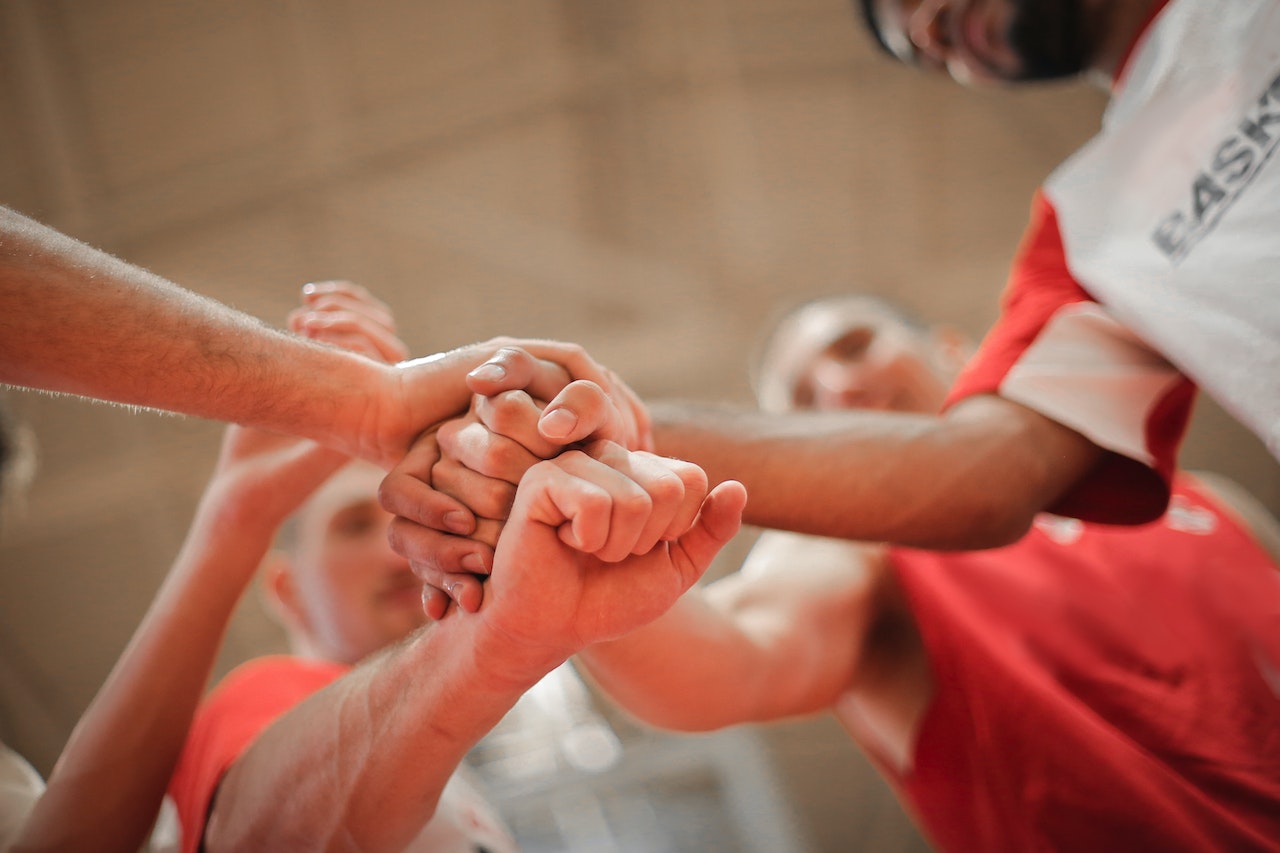
Motivation is an elusive subject in the world of fitness and health, as it is seemingly forever fleeting.
I am going to teach you some of the practical theories (in a very simplified way) in the hope that you will learn to use them to your advantage and to re-wire your motivational system.
The first Theory we will discuss is the Self-Determination Theory.
This is one of the most popular theories and can get very deep with certain topics. But to keep things simple, motivation essentially runs on a spectrum from completely unmotivated to full intrinsic motivation, which refers to doing something because you simply love it and want to do it.
So what lies within the spectrum?
Almost the entirety of the rest of the spectrum can be referred to as just extrinsic motivation. This type of motivation is doing something for an outside reason.
For example, you want to exercise so you have fewer health problems and social pressure, or you will get some kind of reward such as attention from others. It is not that external motivation is necessarily bad; it is that intrinsic motivation is long-lasting and resistant to stress and other problems. Whereas extrinsically motivated behaviors have a low resistance to stress and problems. For example, when stress arises, such as a bad day at work, school, or with family, intrinsically motivated people will use exercise as an outlet and ease their minds, whereas extrinsically motivated may see exercise as additional stress.
So how do we make ourselves feel intrinsically motivated toward exercise?
Well, it’s actually easier than you may think! It may take some time, but the components are fairly simple. There are 3 main factors when we feel “satisfied” in which we are further intrinsically motivated; less “satisfaction” leads to less motivation.
The 3 factors are Competence, Autonomy, and Relatedness. Satisfaction in these 3 areas leads to intrinsic motivation.
Competence is our understanding of something. Many people are not motivated to do something they are bad at. Having an understanding of exercise and fitness can help with motivation. Watch videos, ask questions, do research, be curious, and find a trainer even!
Autonomy is our ability to have a choice and say in the matter. If you have no say in the exercise you want to do, you may be less motivated. With exercise, you need to program around your goals and what you enjoy doing to have a sense of choice.
Lastly is relatedness. Social interaction is very important with exercise. Find people to share your success stories, exercise with, talk about fitness trends and experiences with, or anything else! Being able to relate with people about a common interest is good for motivation.
So to wrap up, what does a highly intrinsically motivated person look like?
Well, they have a good understanding of exercise, how to exercise and why they exercise. They also were able to choose the reason why they are exercising and have a say in the exercises they do. Lastly, they have friends and support systems at home and the gym to discuss their fitness journey.
This doesn’t have to apply to fitness! This can apply to anything, such as nutrition or other habits also! For more information and training, find me on Trainerize!



